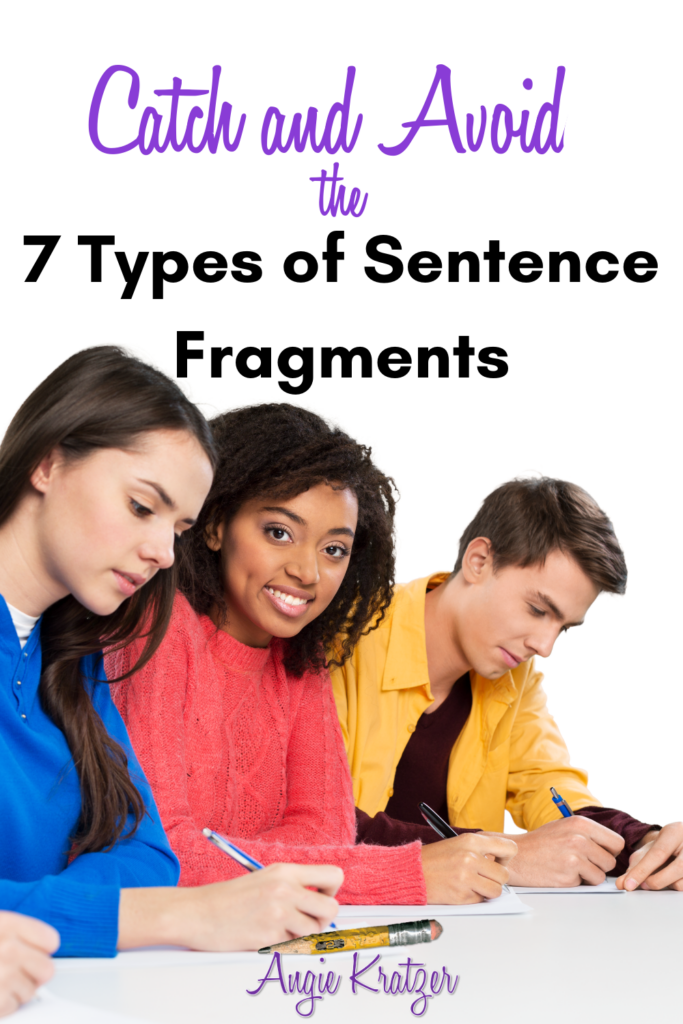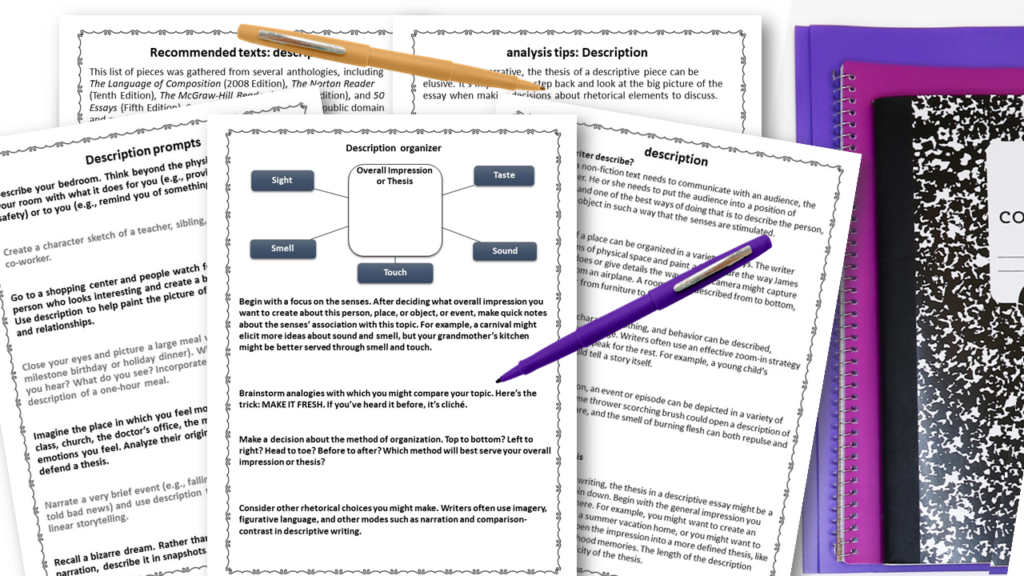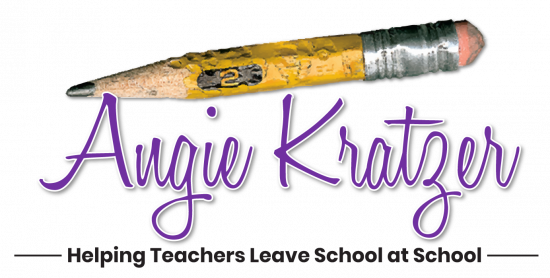Because grammar has boundaries and rules, teaching it is actually a reprieve from the subjectivity of analysis. I’m fully aware (and teach) that language is a fluid, constantly evolving thing and that the rules themselves have their own cozy little home in classism, racism, and misogyny; but sometimes, a sentence fragment is a sentence fragment, and I like teaching students what that means.
Before I tell you about the technical way I group fragments, let’s start with the two main categories: ones we mean to create and ones we don’t. As a stylistic device, I use the former a lot. A lot. See what I did there?
I joke with students that they are allowed to use fragments stylistically (outside of formal analysis and exposition) when and only when they can prove to me their control of syntax. You can break the rule once you can follow it.
Because our students’ speech will be judged first on their agreement (specifically, subject-verb) and their writing on their sentence structure, I like to spend significant time there. I go DEEP into sentence structure, so that’s where I’m taking this post.

I give you, The 7 Types of Fragments
Some terminology first: A verbal phrase is a group of words beginning with a word that looks like a verb but functions as something else. A verbal can be a gerund, participle, or infinitive, and each of those can have its own type of fragment.
#1 Gerund Phrase Fragment
A gerund is a word that looks like a verb but acts like a noun, and it ends in –ing. Example: Running is a sport. (Running is the subject of the sentence.) A gerund phrase is a group of words beginning with a gerund. Example: Running in a marathon can cause permanent knee injury. (Running in a marathon is the subject of the sentence, and Running is the simple subject.)
When a gerund phrase is written alone, it is a gerund phrase fragment. Example: Running in a marathon.
How a gerund phrase fragment hides: Because I’m so athletic, I can do any sport. Swimming, playing football, and cycling are easy. Running too. In fact, I can even shoot a bow and arrow.
#2 Participial Phrase Fragment
A participle is a word that looks like a verb but acts like an adjective, and it usually ends in –ing, —ed, or –en. Examples: jumping contest, stunned student, forgotten memory (Jumping modifies contest, stunned modifies student, and forgotten modifies memory.) A participial phrase is a group of words beginning with a participle. Example: The runner jumping over the hurdle caught her foot and fell. (The phrase jumping over the hurdle modifies runner.)
When a participial phrase is written alone, it is a participial phrase fragment.
Examples: Shocked and amazed by the student’s answer. Clapping their hands wildly. Shaken and afraid of the ceaseless howling they could hear in the night.
How a participial phrase fragment hides: Singing Taylor Swift’s song “Shake It Off” at the top of his voice. Mark walked into the wrong classroom. He was so into the song that that he didn’t notice the number on the door.
#3 Infinitive Phrase Fragment
An infinitive is the word to plus a simple verb form (e.g., to kiss), and as a verbal, it can be a noun, adjective, or adverb. Example: I like to walk in the rain. (Here, like is the verb, not to walk.) An infinitive phrase is to + the simple verb form + any objects and/or modifiers. Example: My goal is to earn an A. (The infinitive phrase to earn an A acts together as a predicate nominative, or predicate noun.)
When an infinitive phrase is written alone, it is an infinitive phrase fragment.
Example: To deliver a message to the president.
How an infinitive phrase fragment hides: I promise, as your student body president, to fight the administration for a longer lunch period, more time between classes, and less homework. To begin a campaign against the bullies who try to make us feel small and unloved. To represent you the way no other candidate can.
#4 Incomplete Verb Fragment
When all or part of the verb is left out, an incomplete verb fragment is created.
Example: Her boyfriend thinking she doesn’t know. (The helping verb is before thinking would make the verb complete and the sentence correct.)
How an incomplete verb fragment hides: Our assistant principal, Mr. Glade, accused me of stealing an extra milk at lunch. He saying my friend distracted the cafeteria ladies so I could grab it.
#5 Appositive Phrase Fragment
An appositive is a word that renames a noun, often the subject of a sentence. An appositive phrase is a group of words renaming a noun. How appositives are used Example: Mr. Hardy, my social studies teacher, is also my track coach. (In this sentence, teacher is the appositive. Mr. Hardy and teacher are the same person. The appositive phrase is the appositive plus all of its modifiers. Examples: For English class, I have Mrs. Thomas, the hardest teacher in the department. Cameron, my brother’s best friend, really gets on my nerves.
When an appositive phrase is written alone, it is an appositive phrase fragment.
Example: The worst possible time for a test.
How an appositive phrase fragment hides: The yearbook advisor scheduled senior portraits for Tuesday. The worst possible day for me to take a picture. I’m having eye surgery on Monday, and I’ll be wearing a patch to school the next day!
#6 Prepositional Phrase Fragment
A prepositional phrase is a group of words beginning with a preposition. That phrase always ends with a noun or pronoun, the object of the preposition. A preposition is a word or small group of words acting together to show a relationship between two other words in a sentence. For example, an airplane can fly through a cloud, over a cloud, under a cloud, between two clouds, and in spite of clouds. The bold-faced prepositions show the relationship between airplane and another word, the object of the preposition.
When a preposition phrase is written alone, it is a prepositional phrase fragment. The same is true for a sentence that has multiple prepositional phrases but no independent clause containing a subject and verb.
Examples: At the top of her voice. After the chiming of the clock on the mantle.
How a prepositional phrase fragment hides: When I came home two hours after curfew, my mother was furious. She was yelling before I even got out of the car. Before parking even!
#7 Dependent Clause Fragment
A dependent clause (or subordinate clause) is a group of words with a subject and verb, but it cannot stand alone like an independent clause (or main clause).
A clause is a group of words with a subject and verb. If that group of words can stand alone as a complete sentence, it is called an independent clause. If it cannot stand alone, it depends on the independent clause to make sense, so it is called a dependent clause.
A dependent clause ALWAYS begins with a subordinating conjunction, a relative pronoun, or a relative adverb.
When a dependent clause is used alone, that group of words becomes a dependent clause fragment. Of all the fragment types, this is the one I see the most.
Examples: Even though I’ve asked her out seven times. Which is why he stopped calling me. Where they live.
How a dependent clause fragment hides: My parents ask me questions constantly. They always want to know who my friends are. Whether or not there will be parent chaperones at a party. If I have done all my homework. They even ask me where I sit in class!
So, now what?
Now that YOU know the seven types, what’s next? Here’s my process, and I call it the Sentence Fragment Boot Camp.
- Distribute and discuss the seven types (with detailed handouts).
- Give students a sentence fragment sort with eight categories and 32 strips. I have a paper version of this sort for face-to-face instruction and a Google Slides version for remote instruction. The Slides version has 32 moveable tiles students can just slide into place. Using their handouts, students put four sentences under each of the seven fragment types and four under a Correct Sentence category. In face-to-face instruction if students can be close, this is a great pair activity. Even on Slides, you could have two students on the same document working together live. Watch this 30-second demo of the sort.
- I give students a passage that contains fragments, and they identify both the errors and their types.
- Students look at a series of task cards and offer two possible revisions for each sentence fragment.
- Post boot camp, we begin looking at their own writing. They have the vocabulary for conferences and margin notes now, so when I say, “You have a couple of dependent clause fragments in paragraph five,” they know what to look for!
Like what you’re reading? Get a bit of Angie in your inbox every week by hopping on her email list. She’ll send you (immediately, by the way), a free resource on descriptive writing to welcome you to her teacher community.


